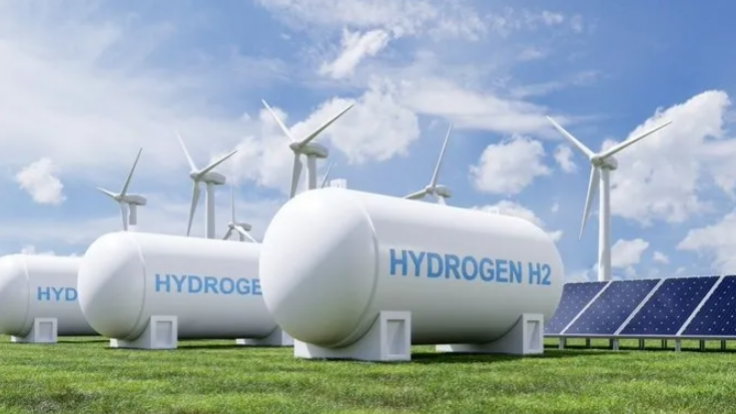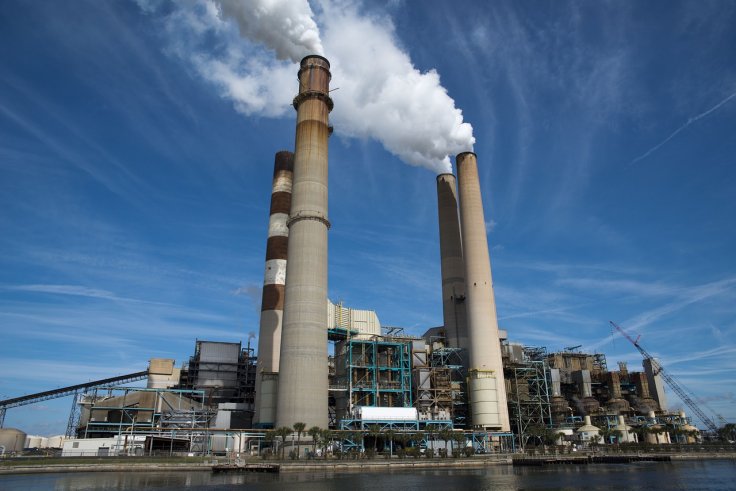The Ukraine war has caused a spike in investment in green hydrogen, data has revealed. According to report by Carbon Tracker, the segment has seen as much as $70 billion of fresh investment in the few months after the start of the war.
One of the major economic impacts of the Ukraine war has been the surge in commodities prices, especially natural gas. Russia first curbed the flow of gas to Europe and then shut down its Nord Stream pipeline entirely.

Natural Gas Prices and Green Hydrogen Investment
The production of gray and blue hydrogen, which are derived from fossil fuel, has become uneconomic as a result of the runaway rise in natural gas prices. After the conflict started, the prices of natural gas prices soared by more than 70 percent. Natural gas is the major feedstock for the production of blue and gray hydrogen, and its cost has translated into the prices of hydrogen.
This price surge has inadvertently made the prospect of green hydrogen becoming an affordable and secure source of renewable energy much sharper.
The report suggests that $100 billion of 'dirty' hydrogen assets may become 'stranded' by 2030, as the churn happens in the industry. The cleaner green hydrogen, which is crucial in the achievement of net zero, will likely occupy that space. According to the International Energy Agency (IEA), the green hydrogen segment is likely to expand three-fold by 2030.
The Cost Factor
According to estimates by Carbon Tracker, the cost of making hydrogen from fossil fuels has soared more than 50 percent relative to the cost of making green hydrogen. Gray hydrogen cost is estimated at 7.60/kg, while new blue hydrogen costs $6.40/kg. The study concludes that if the rapid investment in green hydrogen continues its production cost could fall below $2/kg by 2030, from an average $3.80-$5.80/kg before the war in Ukraine.
Gray Hydrogen
Gray hydrogen, which is derived from natural gas is the least renewable form of hydrogen. As it is comparatively inexpensive, most of the industrial hydrogen available now is gray hydrogen. According to JD Power, almost 10 kg of carbon dioxide is released into the atmosphere when 1 kg of gray hydrogen is produced.

Blue Hydrogen
Blue hydrogen is made from fossil fuel products, using the same chemical processing techniques in the making of gray hydrogen. But the modest advantage is that the CO2 produced in the making of blue hydrogen is not released into the environment. It is seen as a better option as its CO2 impact is much lower.
What is Green Hydrogen?
Green hydrogen's carbon emissions are substantially less. "Closer to real sustainability is green hydrogen. This form of hydrogen follows an entirely different production process than that of gray or blue hydrogen. The technique employs electrolysis—the separation of hydrogen and oxygen molecules by applying electrical energy to water. Renewable sources such as wind and solar power generate the electricity for this process," says JD Power.
Who are Investing?
According to the International Energy Agency (IEA), 25 countries have committed as much as $73 billion of public and private funds to boost clean hydrogen production. IANS reports, citing the IEA study, that Germany, Morocco and the US have pledged most. "Production, on the other hand, will be dominated by the Global South, responsible for 50 per cent of total world production by 2050, with South Africa, Morocco and Chile controlling most (68 million tonnes)" the report says.

Silver Bullet?
"Though green hydrogen is not the silver bullet to the climate crisis, it offers part of the solution if used in a targeted way for specific industries and offers an attractive solution to bridging the thorny issue of energy intermittency anxiety in the power sector, alongside advanced battery technology and the use of smart grids," says Kofi Mbuk, senior cleantech analyst and author of the report.
Outlook
According to an analysis by Quadintel, global green hydrogen market was valued at about $ 3.2 billion in 2021. The sector is expected to grow at an annual rate of more than 39 percent between 2022 and 2029.








